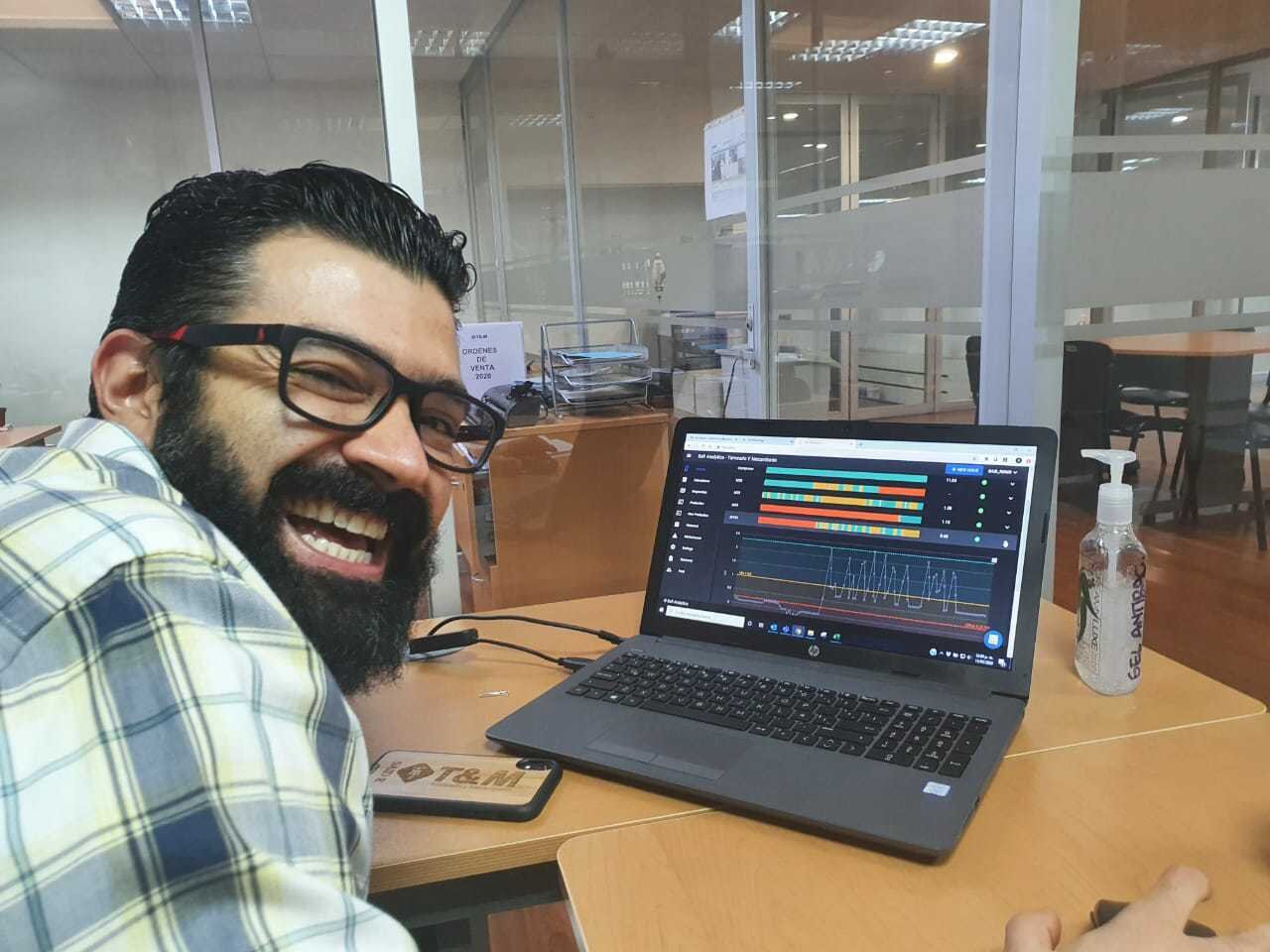Tackle downtime as a learning opportunity

Putting a positive spin on downtime can boost team motivation.
If you work in manufacturing, you probably know the word “downtime” all too well. Whether it’s breakdowns, inefficient changeovers, missing material, or just less-than-perfect production planning, downtime is extremely difficult to measure and label. It backs up the entire production process, and can lead to overtime, late deliveries, and missed targets.
While downtime is frustrating and some downtime will always be inevitable, the process of reducing downtime can be less of a chore and more of a game. Treating the sources of downtime as a treasure to uncover rather than a leak nobody wants to fix can make addressing downtime much more engaging. At the end of the day, having a team engaged and eager to find sources of downtime can be a very impactful way to increase productivity.
Try using the interactive “5 Whys” exercise with your team to really get to the root of downtime. Starting with the problem itself, ask “Why?” Why did my production decrease this week? You can take a look at the numbers to see where productivity might have been low. Maybe you’ll find that production for Extruder 2 was lagging behind. Why? Try asking the operators who were responsible for Extruder 2 this week. They might tell you that a part of the machine had been broken. Why? Perhaps an operator will remember that the after-lunch shift operators had overloaded the machine because they were late and felt rushed. Why? After asking “Why?” for at least five times, you will likely encounter the root of the problem. Try fixing downtime issues from the root even if it seems unrelated to the issue that you were trying to fix at first. Using the “5 Whys” helps ensure that you always have a place to start tackling downtime and methodically discover hidden problems that have been slowing production.
Detective work doesn’t have to end there. At the end of the week or month, you can take a look at the records for downtime and tally up which type of downtime happened the most and which type of downtime took the longest to fix. Knowing the biggest downtime culprits can help you target where you should tackle first to boost production the most. Additionally, you can put the top achievements for each machine on a leaderboard in the plant to help everyone identify which machines’ production can be improved.
Another idea you can try is to imagine the plant floor as a mega-sized testing ground. Instead of a place with issues to fix, the plant becomes a place for exploration where you can see your ideas come to life. To illustrate, if you work at a plant that makes 200 different products, you have 200 chances every day just in types of products alone for you to test out a new plan for reducing downtime. If you include the number of machines, machine parts, or the time of day as variables, you can potentially have thousands of chances every day to try out small projects. Rolling out new solutions doesn’t have to be daunting, even small fixes in just one or two machines can end up having a lot of impact on productivity. If possible, you can let operators propose and lead some of their own improvement projects because they are the ones who know the machines and their issues best.
At the end of the day, putting a positive spin on downtime can help your team enjoy their work. Everyone can arrive at the plant with a mindset of “I want to nail the problem” and immediately start digging for the treasure (or in this case, the root cause of downtime). The more quickly the root can be found, the faster solutions can be carried out. On the day that production becomes boring and repeatable with no surprises, you will know that you have conquered downtime.
How can Guidewheel help me?
Tracking and recording downtime can be difficult, not to mention looking for patterns and performing calculations. Guidewheel automatically measures downtime and helps you quickly identify your biggest areas for improvement. The platform also includes Pareto analysis to help you target which downtime issue should be fixed first to drive the biggest improvement in production. If you have questions, comments, or suggestions about Guidewheel or future posts that could be helpful, please don’t hesitate to get in touch at info@safi.ai.

